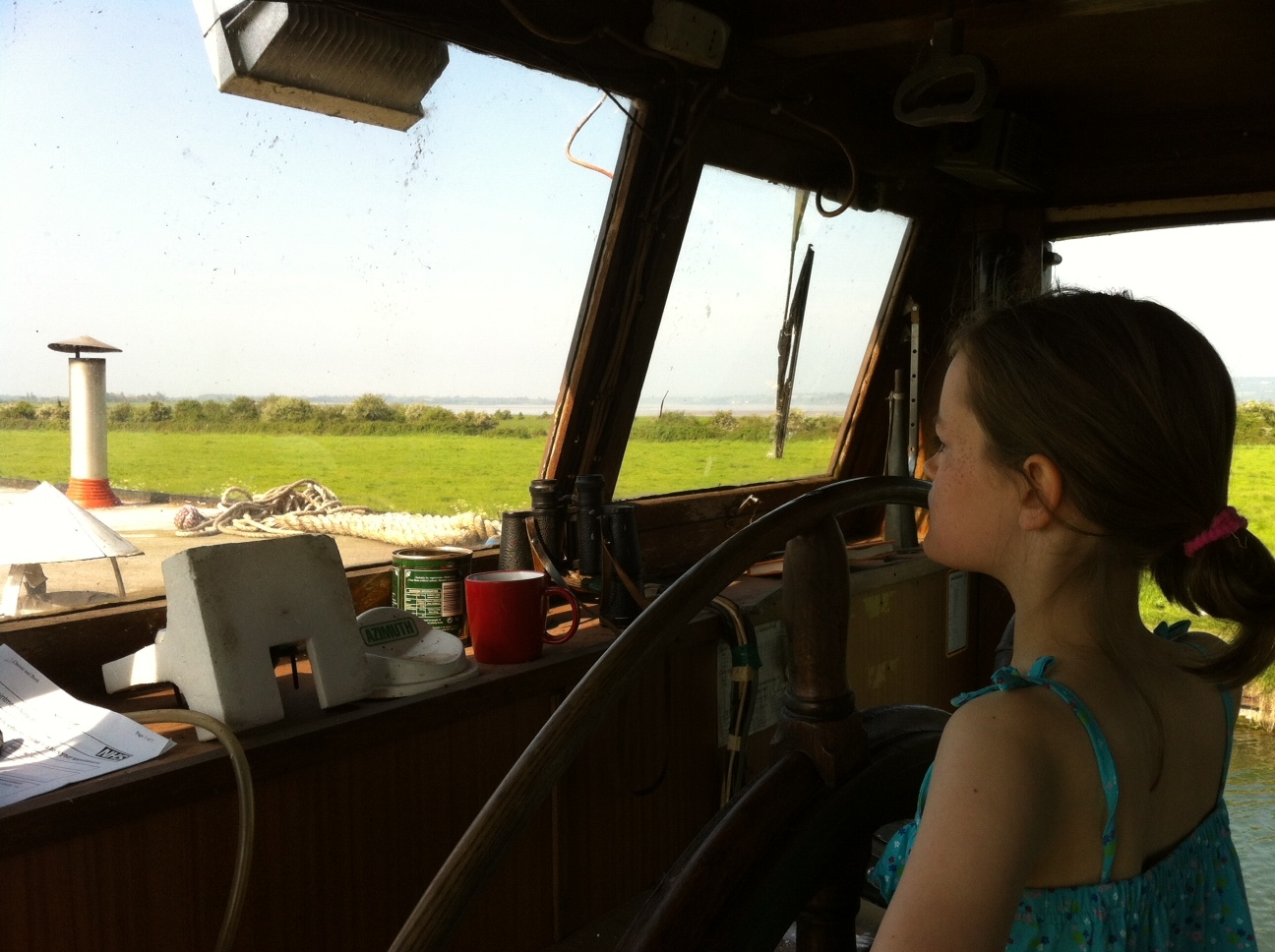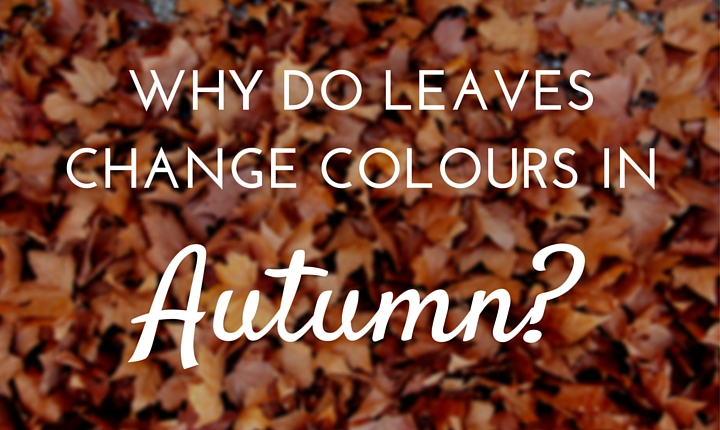SCIENCE NEWS – Discovery of An Underground Ocean
Earth’s Underground Ocean
In 1864 the French author, Jules Verne, published his novel “Journey To The Interior of the Earth”. In this book 3 men explore volcanic tunnels that lead miles beneath the Earth’s surface, and have a number of strange encounters along the way. One of these is the discovery of a massive ocean, deep underground. Now, 150 years later, it seems that Monsieur Verne’s imagination may have been more accurate than he knew.
An enormous reservoir of water, roughly 3 times bigger than all of the Earth’s oceans put together, has been detected 400 miles below the surface. The water is trapped inside a layer of blue rock called ringwoodite, in the layer of hot rock between the Earth’s core and its surface) that is known as the mantle.
Living On a Boat – Written By You
Have you ever seen barges on the river, and wondered what it would be like to live on one? Is it really cramped and damp, and do you have to move around and go to a different school every week? We spoke to 11 year old Annabelle to find out what it’s really like to live on a boat.
Get Cracking With Computer Coding for Kids
Kids computing – there’s a lot of talk going on about it right now. What do you learn about computing in your school? Are they teaching you how to make cool video games? How to come up with a story that makes sense, how to make sure that it’s engaging, that there are challenges at each level, and that there’s a reward at the end? How to build that?
How to make the bird you toss flop realistically into a pile of whatever you choose – making sure that gravity works the way you would expect it to (or not). How to craft the graphics you need to tell your story? How to publish that to your own smartphone and to share it (or sell it!) to friends and strangers?
Hmmm, I didn’t think so. “ I’d rather just do some Power Point and Word exercises, “ said no kid, ever.
Have you ever wondered…why leaves change colour in autumn?
Autumn is a season of change; the weather gets colder, there’s less daylight and leaves change colour and fall from plants. But why does this happen?
Why Do Plants Have Leaves?
Leaves contain a chemical called chlorophyll (pronounced KLO-ro-fil), which as well as giving them their lovely green colour also helps create food for the plant. The leaves act like tiny solar panels, and use the sun’s energy to convert water (from the ground) and a gas called carbon dioxide (from the air) into sugar and oxygen. This process is called photosynthesis (pronounced foto-SIN-theh-sis), and the sugar is what the plant lives on.




